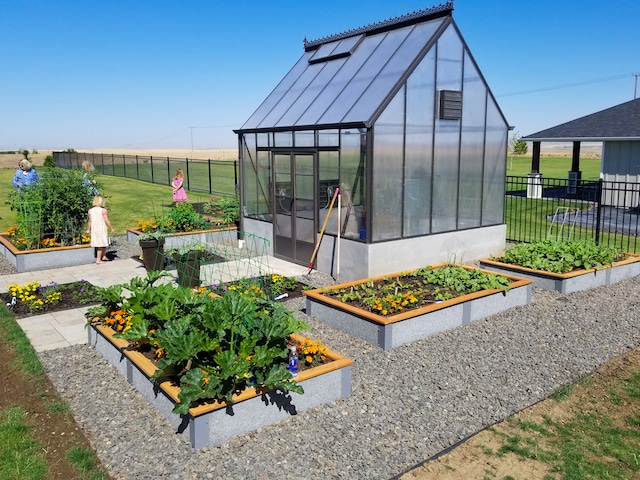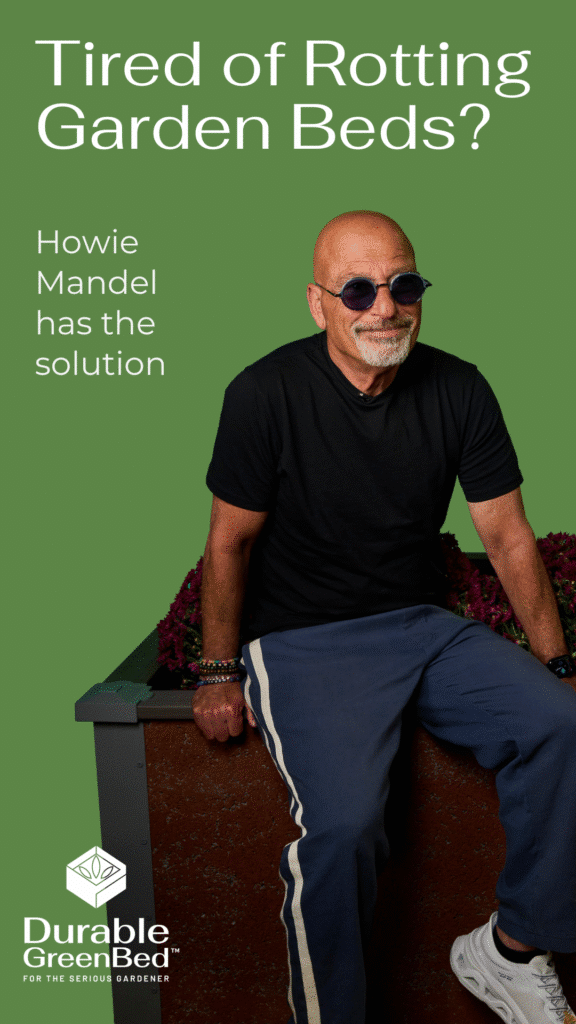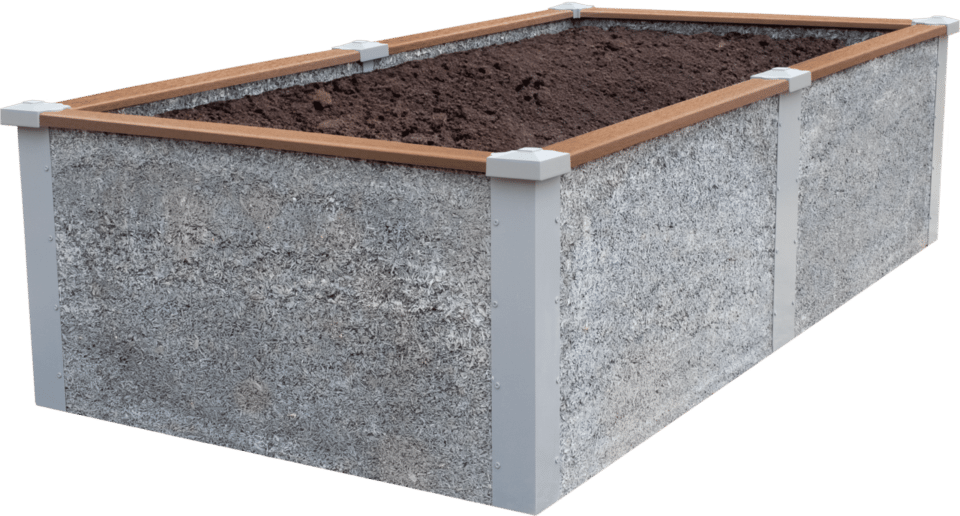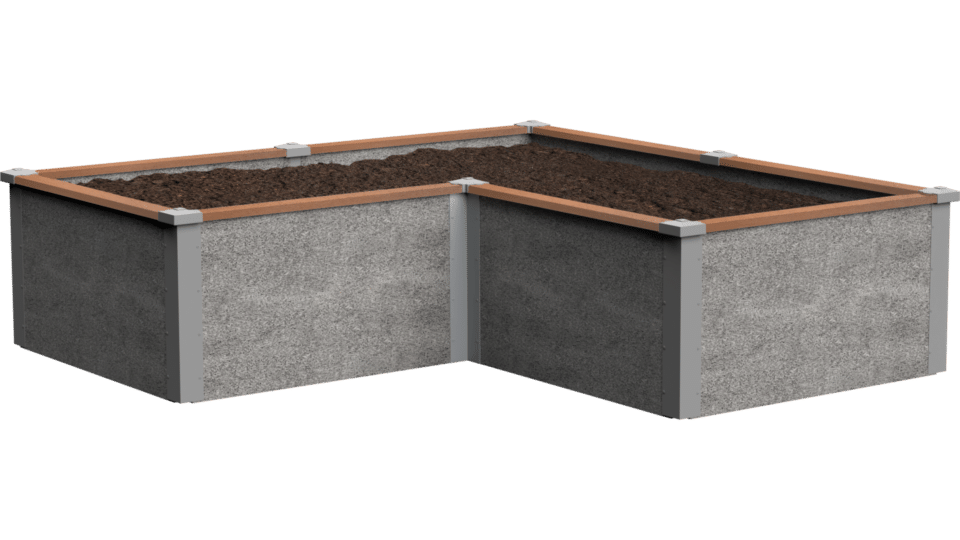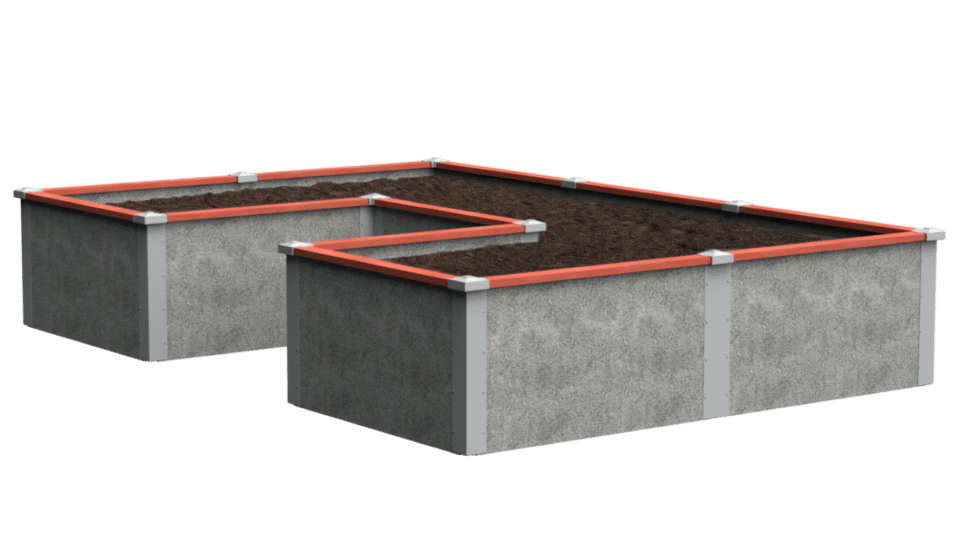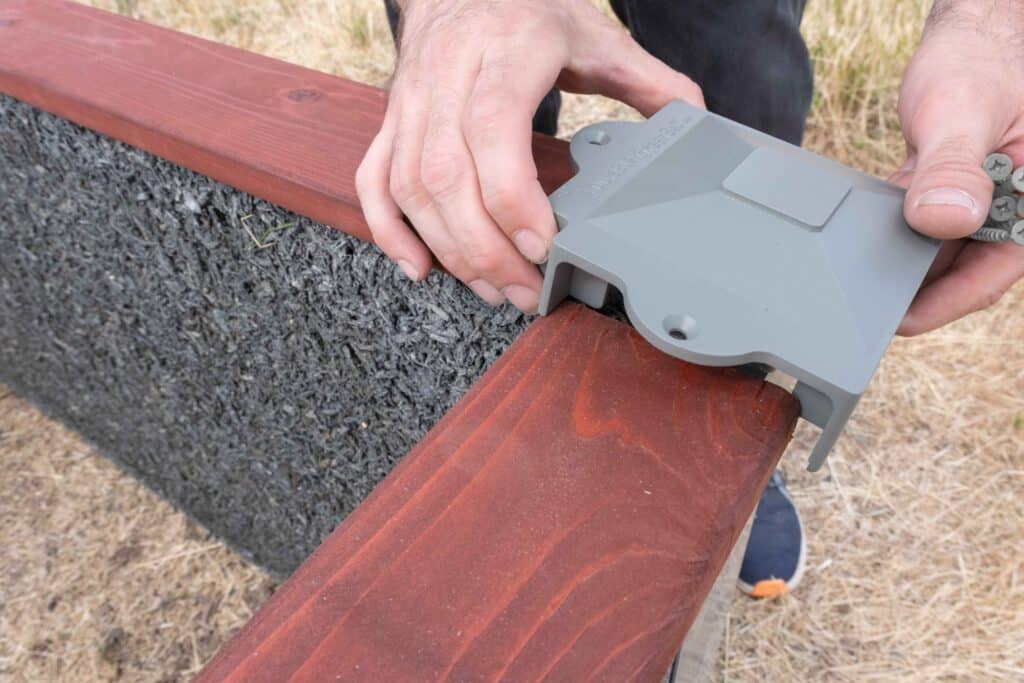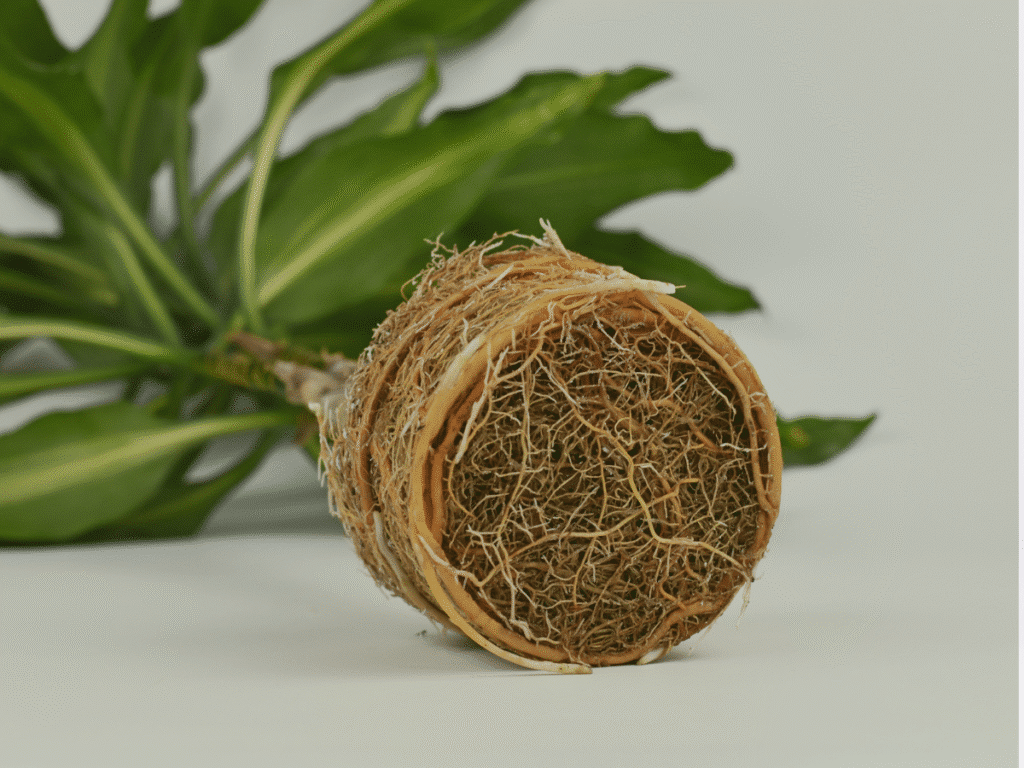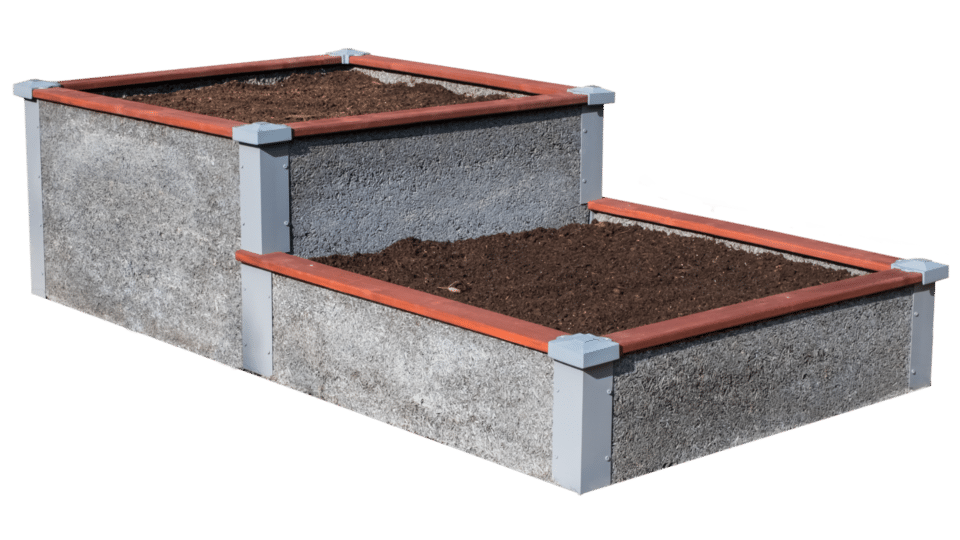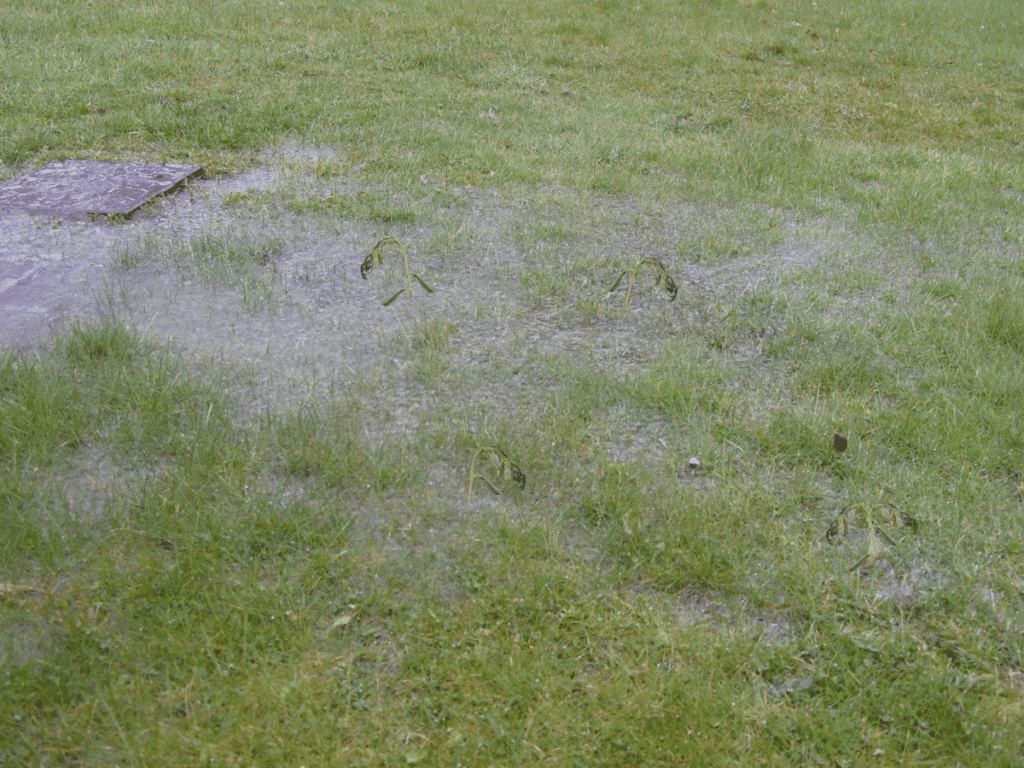
All gardeners know that the soil they grow their plants in impacts the quality of their produce. A garden with no nutrients in the soil won’t grow good veggies, and those veggies won’t have the nutrients to pass on to the people who eat them. Likewise, good soil begins with the bed the soil is in. If a garden bed is made out of materials that leach harmful substances into the soil, those harmful substances are going to find their way into the food.
Non-Toxic Raised Beds
Raised beds are something that many gardeners want. Plants perform better in raised beds over planter boxes, because raised garden beds have no bottom. This allows plants to develop deeper roots. But not all raised beds are the same. If you’re concerned with growing organic food, don’t be tricked into building a toxic raised bed.
Wooden raised beds are ok. They’re a common choice among gardeners. If you want the frame to last, choose rot-resistant cedar, cypress, or redwood. But for truly non-toxic raised beds, avoid using any treated lumber such as railroad ties and utility poles. The creosote used to treat them may leach into the soil. Some gardeners are tempted to build cheap raised beds by stacking old tires or filling them with soil. Don’t do this! Tires contain toxic chemicals that gradually erode and break down, leaching those chemicals into the soil.
An organic raised bed garden starts with a toxin-free organic soil. For truly organic and healthy, clean produce, buy organic plant starts and fill your beds with organic soil. It can be expensive to fill deep raised garden beds with commercial soil, but there are alternatives to buying soil that work just as well if not better.
Many of the gardeners who have chosen to use Durable GreenBeds for their non-toxic gardening use the hugelkulture method. This takes just a few months to get started but can give you rich soil and a warmer growing environment for years to come. The basic idea is you take any downed wood you have around your property or that you can find — the more rotten it is the better. Line the bottom of your beds with the large chunks or logs and keep piling smaller woody debris and leaves on top and to fill in the gaps. You then cover that stack with manure or compost. You cover that layer with soil.
You’ve then drastically cut down on the amount of soil you have to buy. As the wood undergoes the natural process of decomposing, it creates rich soil and warmth in the bed.
Easy Non-Toxic Raised Bed Kits
If you’re planning to grow root vegetables, experts recommend that your raised-bed vegetable garden be at least 12 to 18 inches deep. Not only does the depth create a better root zone for many plants, you can avoid bending over as much while gardening. Another benefit is that if the soil underneath your bed is contaminated, you can still enjoy non-toxic gardening because the plant’s roots won’t be in the contaminated soil.
Durable GreenBeds offers easy raised bed kits that give you both depth and non-toxic raised beds. We manufacture our own raised bed kits in Oregon from a mix of wood chips and cement. The wood chips are collected from scrap pieces and have undergone a process of mineralization, which neutralizes the sugars and proteins in wood so the wood can’t rot. Durable GreenBeds are completely non-toxic and it can take decades for them to decompose. You’ll get non-toxic raised beds that will last for 20-25+ years and will not rot, crack, peel, rust, or splinter. They come in a variety of ready-to-assemble sizes, with custom sizes available as well. Get in touch with us if you would like to have a conversation about it.
There's Nothing Like Durable GreenBeds
It's the Walls!™
- Breathable
- Well Draining
- Higher Yields
- Prevents Slugs and Pests
- Non-Toxic
- 20-25 Year Lifespan
Shop Durable GreenBed Kits
-
Rectangular Raised Garden Bed Kit
$471.00 – $2,085.00Price range: $471.00 through $2,085.00 Select options This product has multiple variants. The options may be chosen on the product page -
L-Shaped Raised Garden Bed Kit
$786.00 – $1,305.00Price range: $786.00 through $1,305.00 Select options This product has multiple variants. The options may be chosen on the product page -
U-Shaped Raised Garden Bed Kit
$1,199.00 – $2,446.00Price range: $1,199.00 through $2,446.00 Select options This product has multiple variants. The options may be chosen on the product page
Shop Durable GreenBed Raised Garden Bed kits
-
Rectangular Raised Garden Bed Kit
$471.00 – $2,085.00Price range: $471.00 through $2,085.00 Select options This product has multiple variants. The options may be chosen on the product page -
L-Shaped Raised Garden Bed Kit
$786.00 – $1,305.00Price range: $786.00 through $1,305.00 Select options This product has multiple variants. The options may be chosen on the product page -
4’x8’ Stepped Raised Garden Bed Kit
$865.00 – $1,073.00Price range: $865.00 through $1,073.00 Select options This product has multiple variants. The options may be chosen on the product page -
U-Shaped Raised Garden Bed Kit
$1,199.00 – $2,446.00Price range: $1,199.00 through $2,446.00 Select options This product has multiple variants. The options may be chosen on the product page

